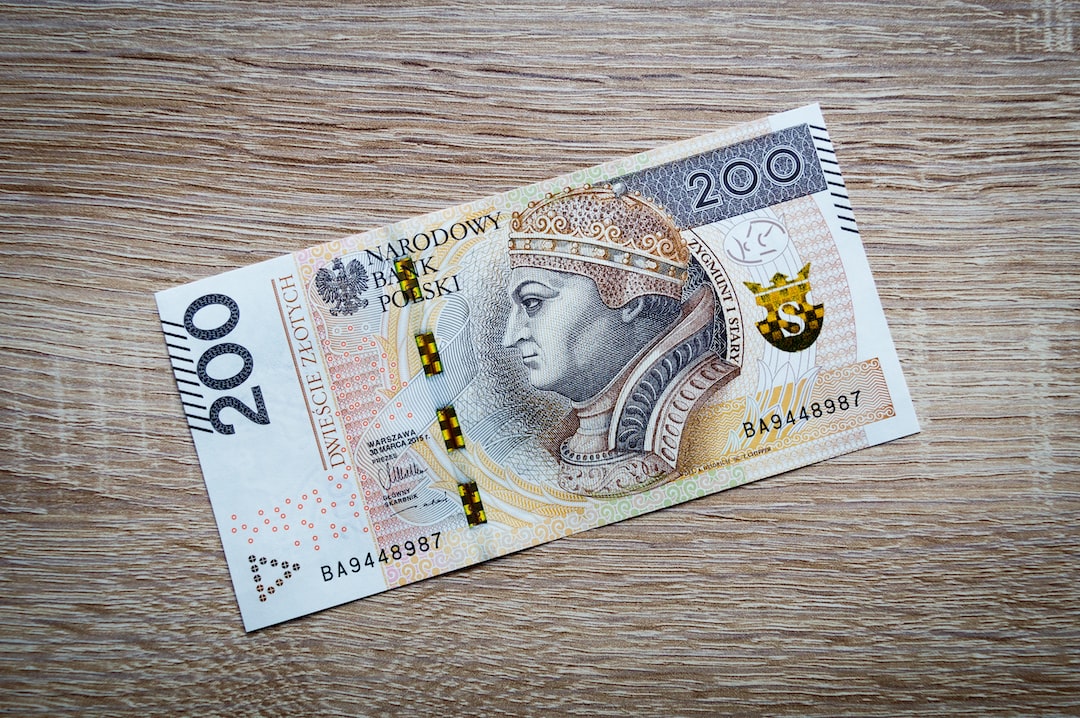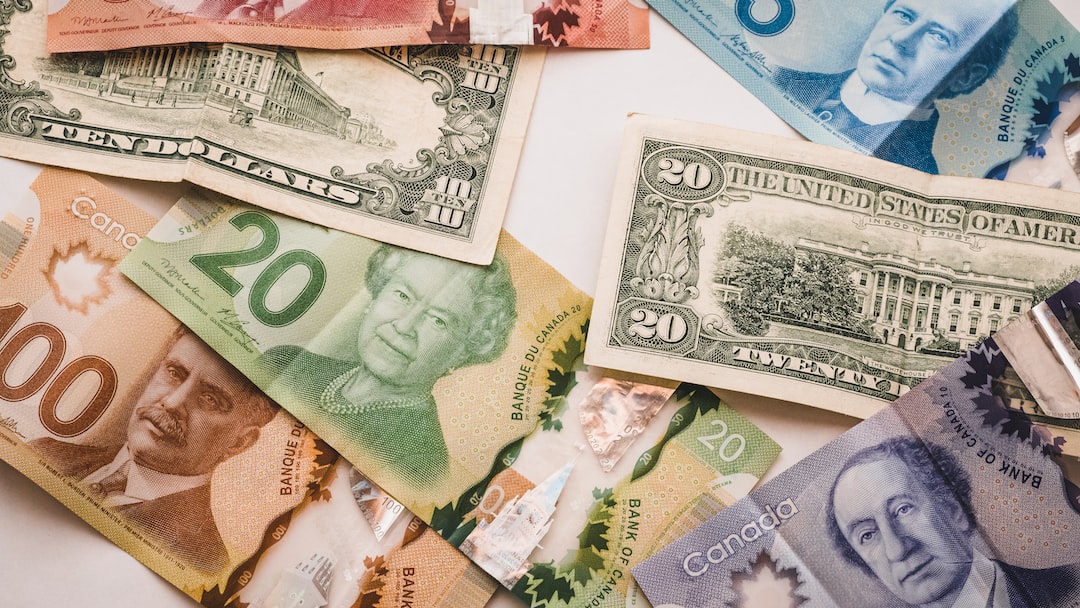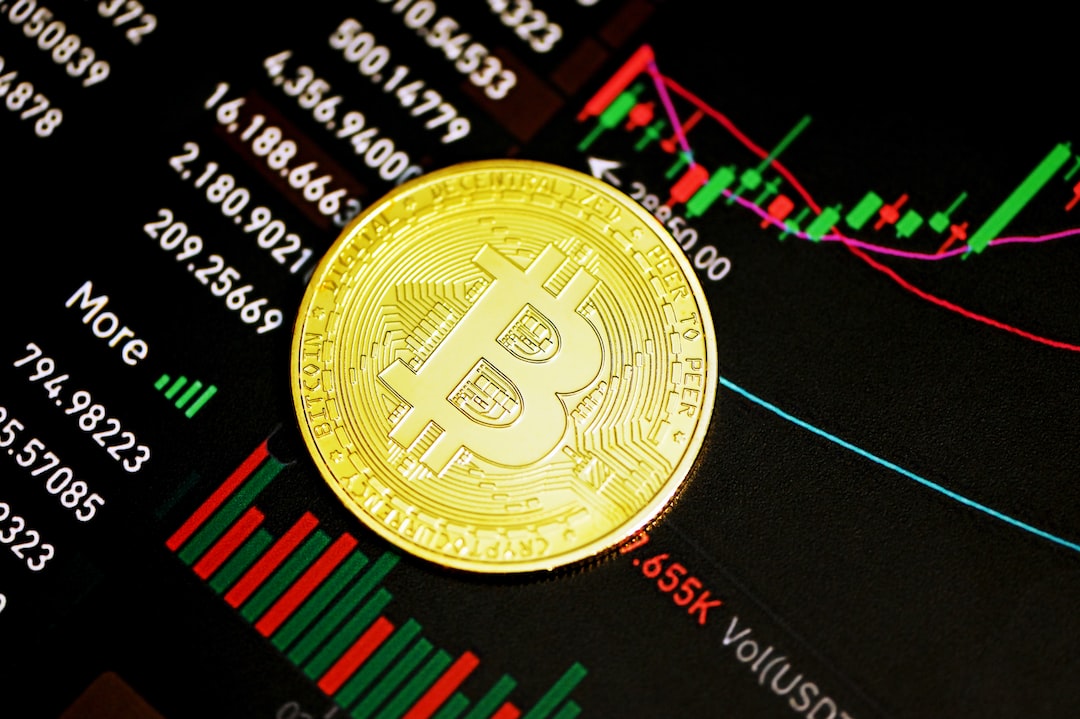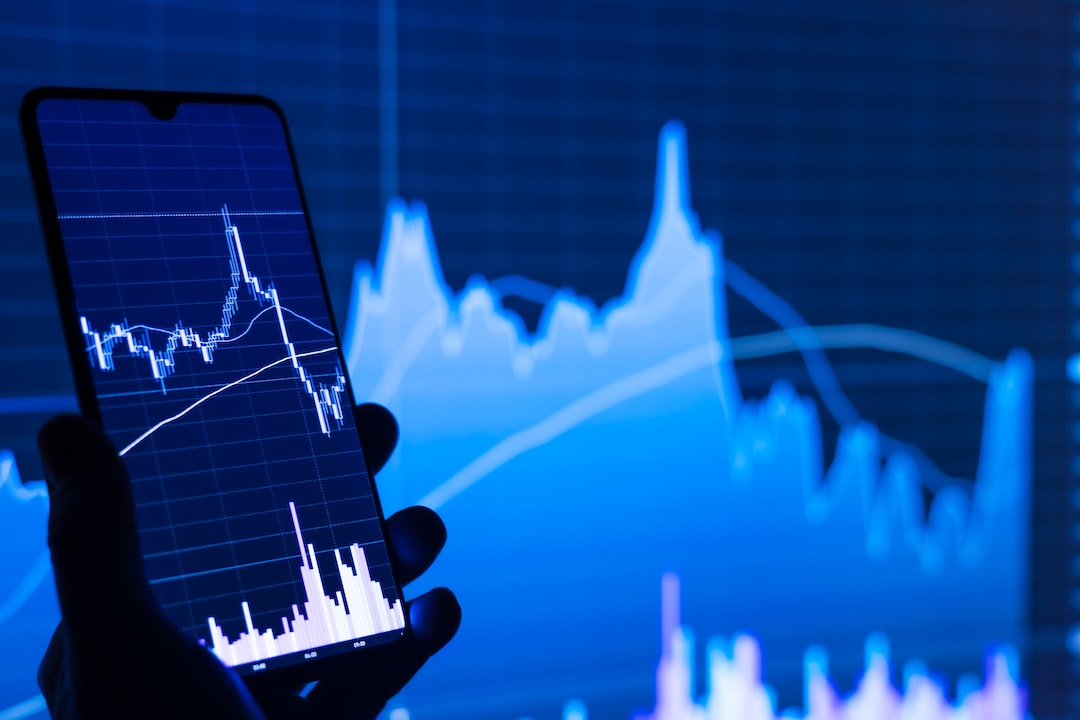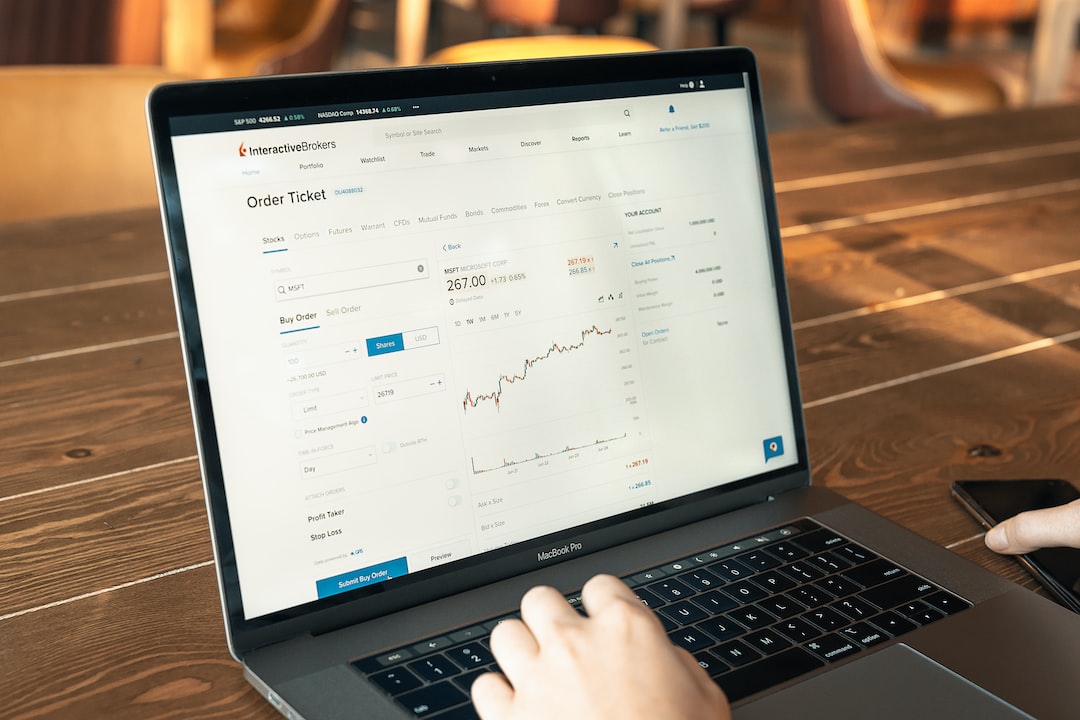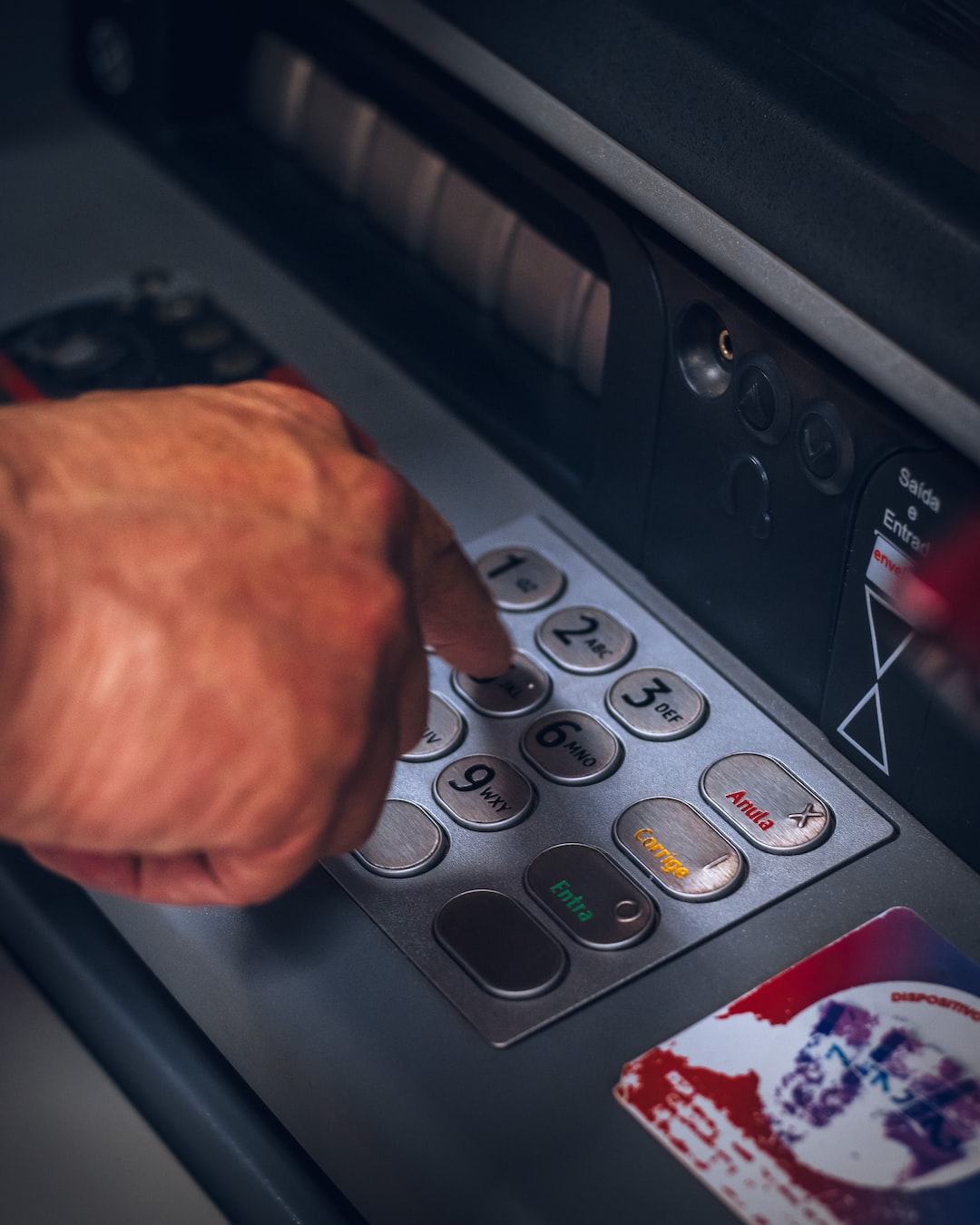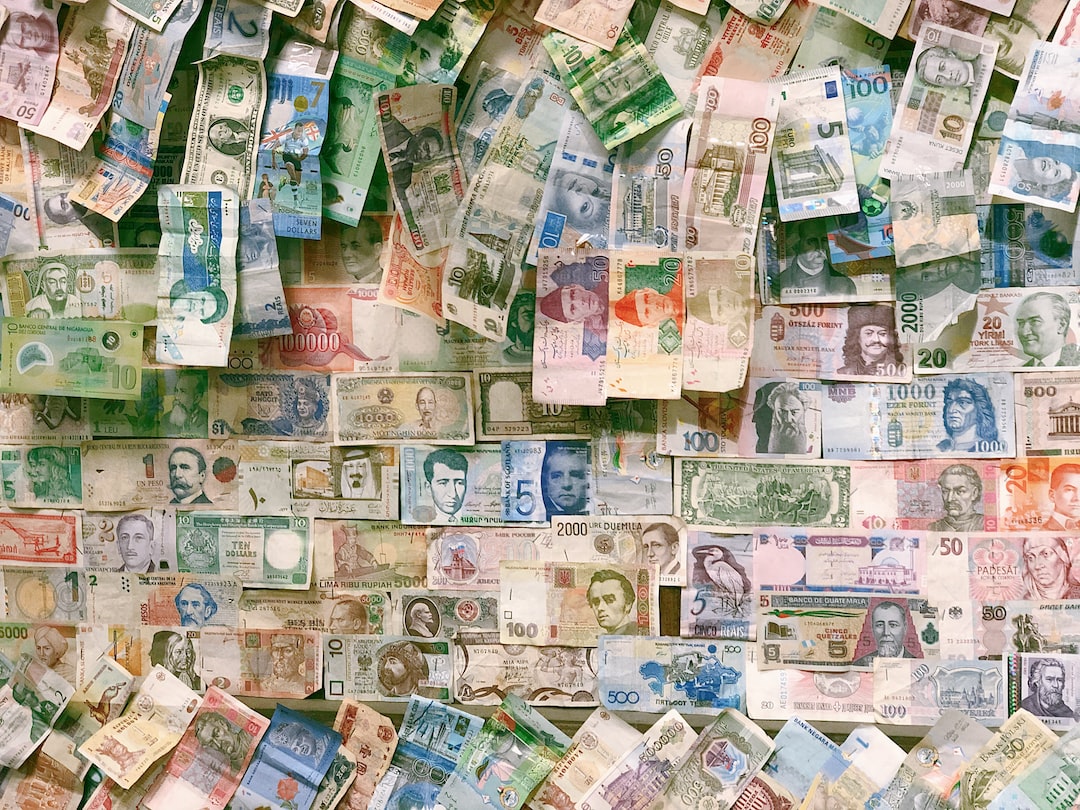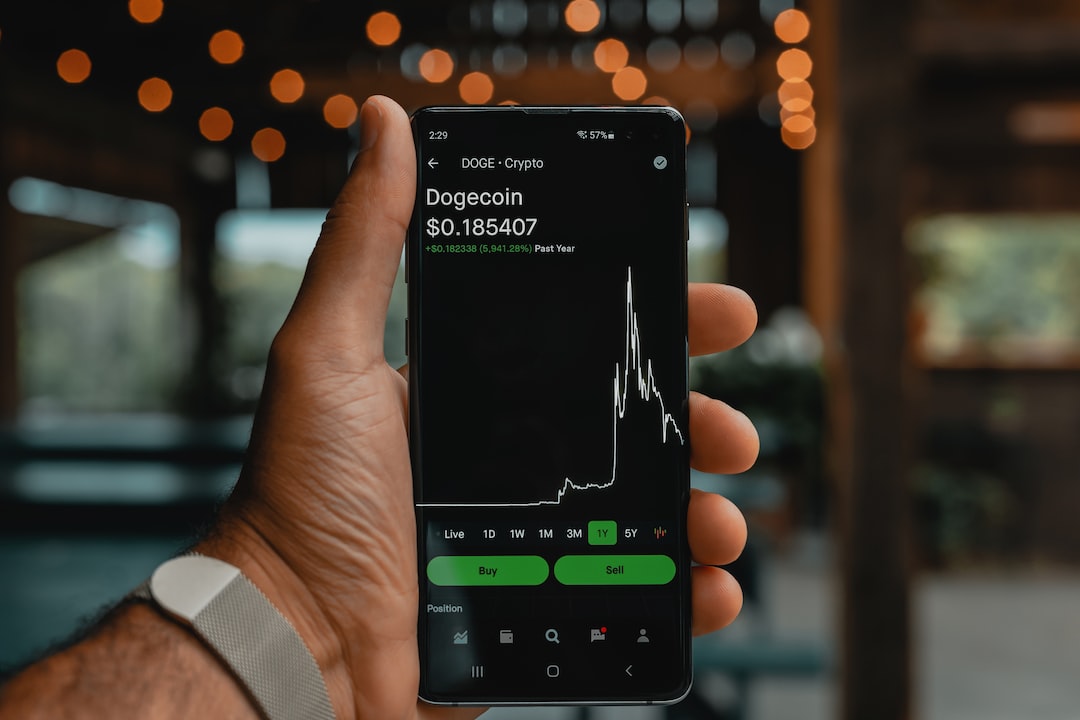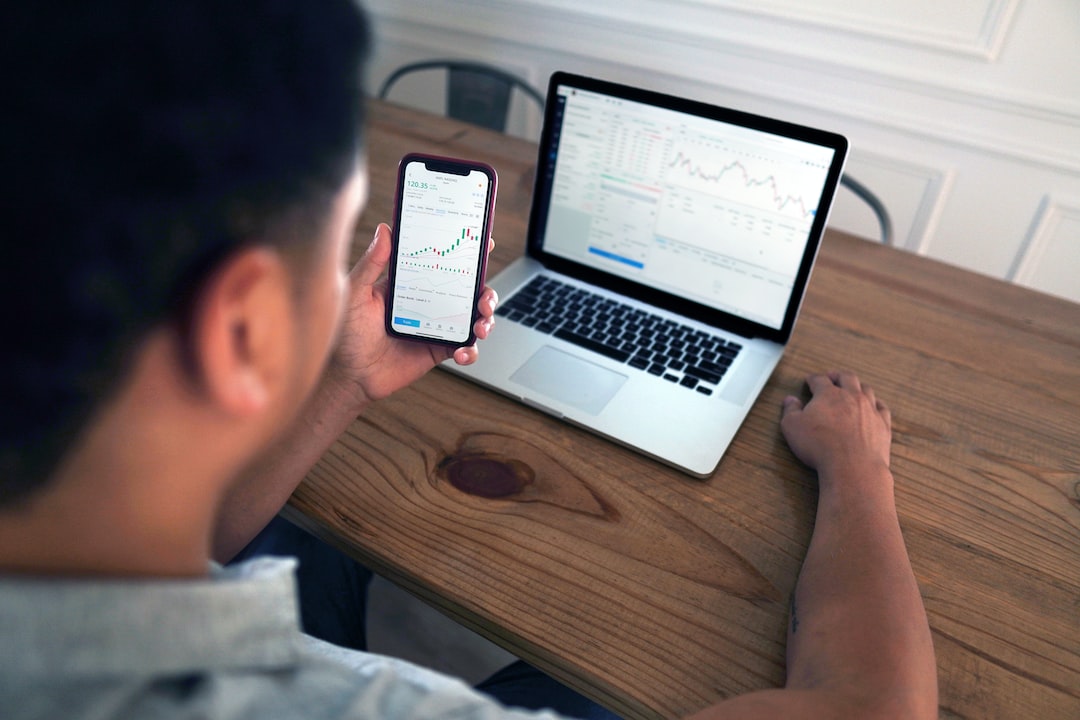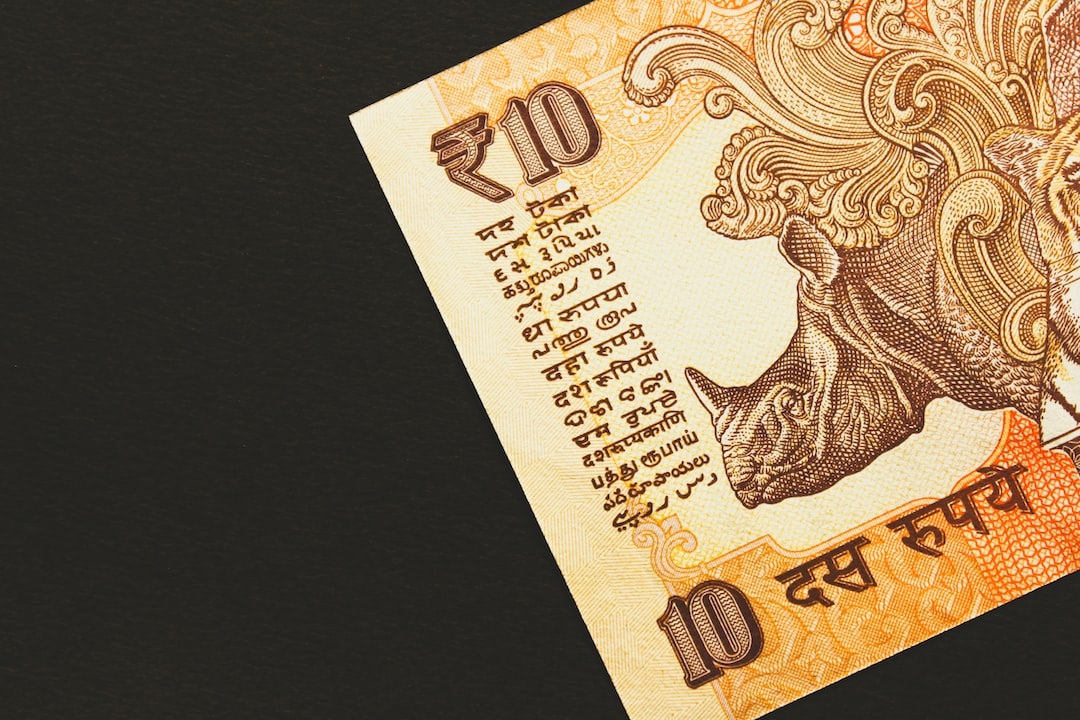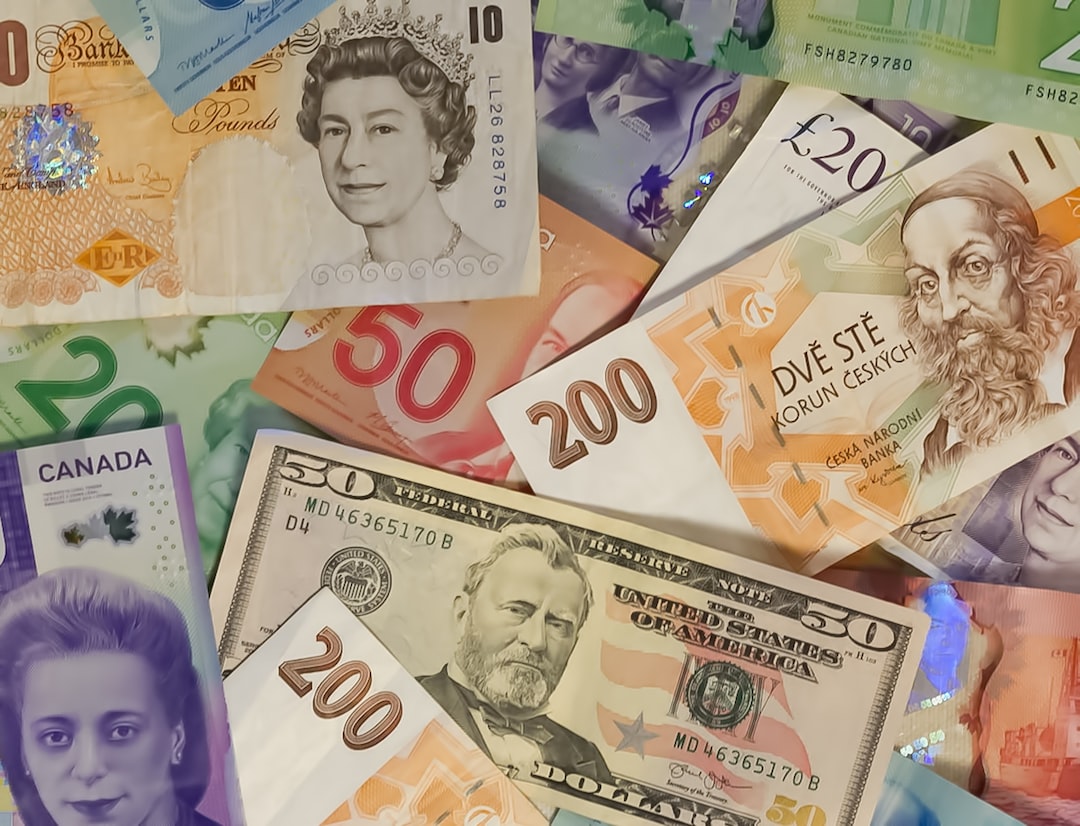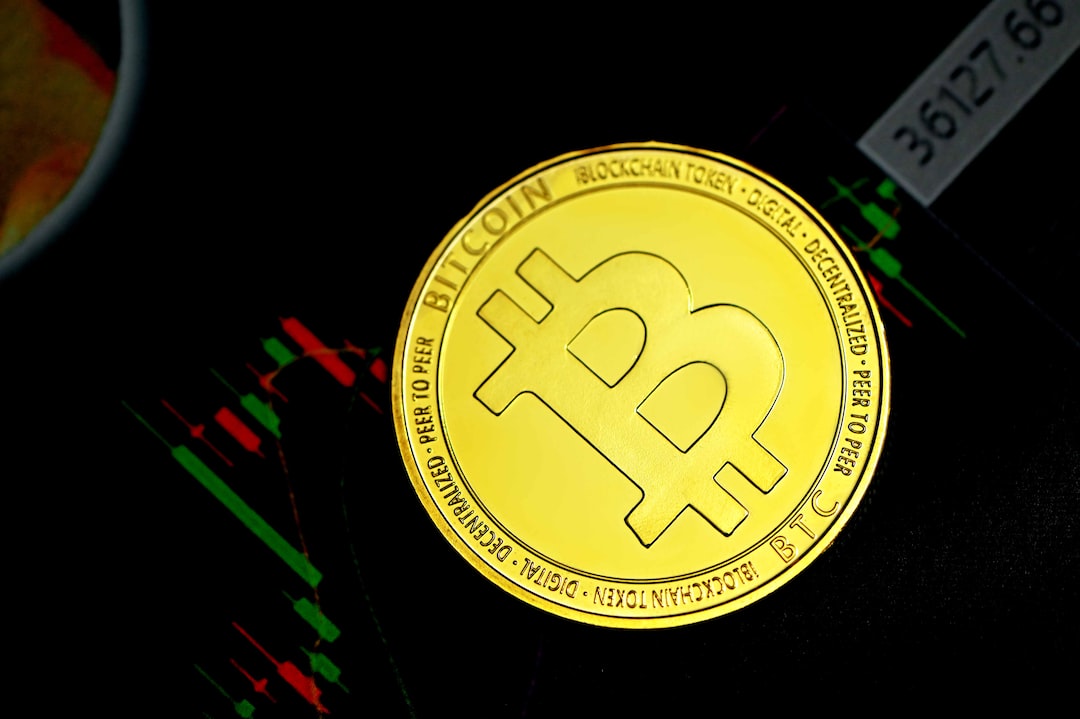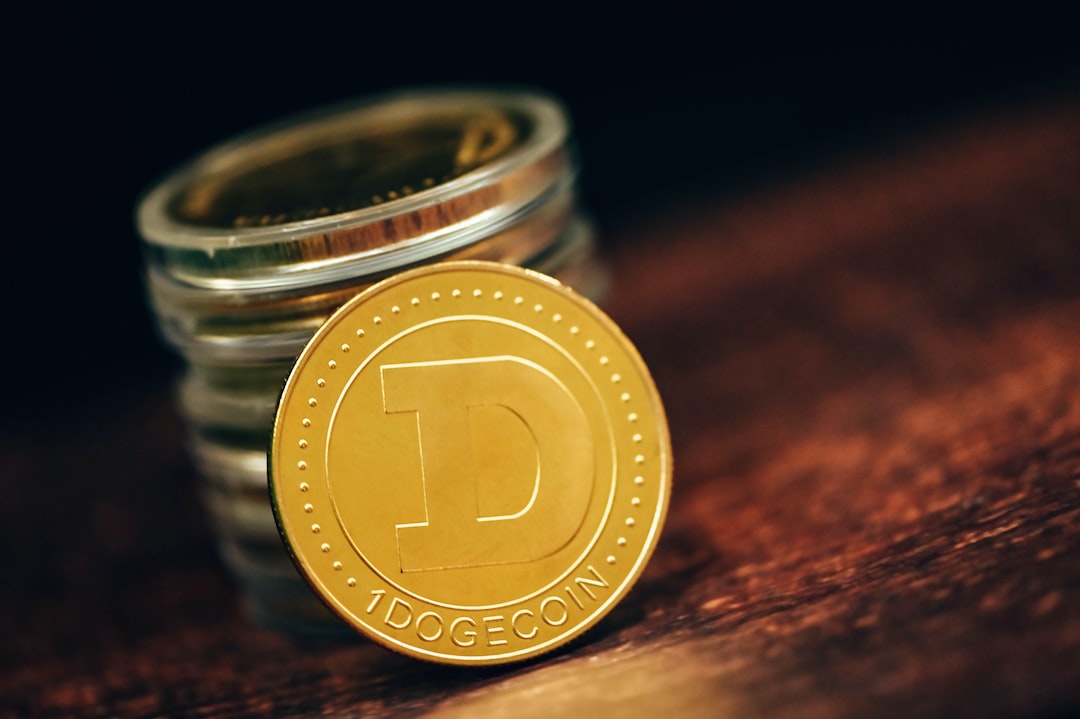Fractals and Fibonacci: Combining Technical Analysis Techniques for Forex Success
When it comes to forex trading, success relies heavily on the ability to analyze price movements, identify trends, and make informed decisions. Technical analysis is a popular approach used by traders to predict future price movements based on historical data. Among the various technical analysis tools available, fractals and Fibonacci retracement levels are two powerful techniques that, when combined, can significantly enhance trading strategies and increase the chances of success in the forex market.
Fractals, first introduced by Benoit Mandelbrot in the 1970s, are geometric patterns that repeat themselves at different scales. In the context of forex trading, fractals refer to five-bar patterns that highlight key turning points in the market. A bullish fractal occurs when the middle candlestick is the highest among the five, while a bearish fractal occurs when the middle candlestick is the lowest. These patterns indicate potential reversals in the market and can be used to identify entry and exit points.
On the other hand, Fibonacci retracement levels are based on the mathematical sequence discovered by Italian mathematician Leonardo Fibonacci in the 13th century. This sequence, which starts with 0 and 1 and continues by adding the two preceding numbers, creates a series of ratios that are used to determine potential support and resistance levels in the market. The most commonly used Fibonacci levels are 23.6%, 38.2%, 50%, 61.8%, and 78.6%. These levels act as potential areas of price reversals, where traders can expect the market to bounce back or break through.
Combining fractals and Fibonacci retracement levels can provide traders with a powerful toolset to identify high-probability trading opportunities. By using fractals to spot potential reversals and Fibonacci retracement levels to determine areas of support and resistance, traders can make more accurate predictions about future price movements and adjust their strategies accordingly.
One way to combine these techniques is to use fractals to identify potential reversal points and then use Fibonacci retracement levels to confirm these levels as areas of support or resistance. For example, if a bullish fractal occurs and the price retraces to the 38.2% Fibonacci level, this could indicate a potential buying opportunity. Conversely, if a bearish fractal occurs and the price retraces to the 61.8% Fibonacci level, this could indicate a potential selling opportunity.
Another way to combine fractals and Fibonacci is to use fractals to identify potential trend reversals and then use Fibonacci extension levels to determine potential price targets. Fibonacci extension levels are calculated by extending the Fibonacci sequence beyond 100% and can provide traders with potential areas where the price may reach after a breakout or breakdown. By using fractals to identify the beginning of a new trend and Fibonacci extension levels to set price targets, traders can better manage their trades and maximize their profits.
It is important to note that while fractals and Fibonacci retracement levels are powerful tools, they should not be used in isolation. It is crucial to consider other technical indicators, fundamental analysis, and market conditions when making trading decisions. Additionally, it is recommended to use risk management tools, such as stop-loss orders, to protect against potential losses.
In conclusion, combining fractals and Fibonacci retracement levels can significantly enhance forex trading strategies and increase the chances of success. By using fractals to identify potential reversals and Fibonacci retracement levels to confirm these levels or determine price targets, traders can make more informed decisions and improve their trading outcomes. However, it is important to remember that no trading strategy is foolproof, and it is always advisable to practice proper risk management and continuously educate oneself to stay ahead in the dynamic forex market.


